

Back to: Home Private Views
PAGE UNDER CONSTRUCTION
German Army Camp in Wishnew (Vishneva), Eastern Front, 1915-16
Wishnew (Vish’-nev) is the German name for a small town on the Olshanka
River that was on the front line of combat operations on the Eastern Front in
1915-16. At that time, it was part of Lithuania. It has been part of several
countries and has gone by several Lithuanian, Russian, and Yiddish names
including Wiszniew, Vishnev, Vishnevo, and Vishnive. It is now part of Minsk
Oblast, Belorussia. The proper transliteration of its current name is Vishneva,
which will be used for the remainder of this article except where the German “Wishnew”
appears in photo captions.
Vishneva was settled by the 14th Century. In 1897, it had 2650 inhabitants of whom 1465 were Jewish. War came to the town in summer 1915 with the entry of Russian troops. Jewish and Gentile residents alike fled to the nearby forest and to other villages. The German army advanced in September 1915 and combat operations reportedly took place in the town itself until March 1916. Trenches were dug in the center of town and in the forest; many houses were destroyed.
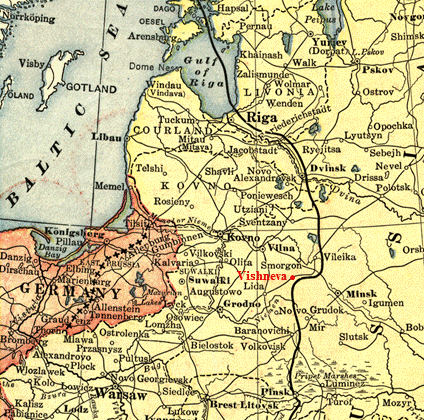 |
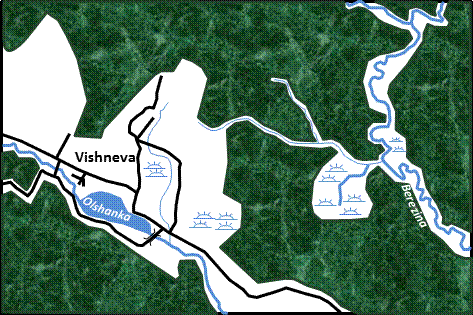 |
| The heavy black line is the 1916 front line trace of German and Austro-Hungarian forces. Vishneva was located just behind it. | The village of Vishneva was located in the middle of a forest between the Olshanka and Beresina Rivers. Several marshy areas were interspersed with forests. |
Active combat in the Vishneva
area largely ceased after the failure of a Russian offensive in March 1916. The
area became a backwater as Russian army units grew increasingly unreliable
during the Bolshevik Revolution. German forces remained in the town until they
were withdrawn after the Treaty of Brest-Litovsk in March 1918 marked the end
of hostilities between the Central Powers and Russia.
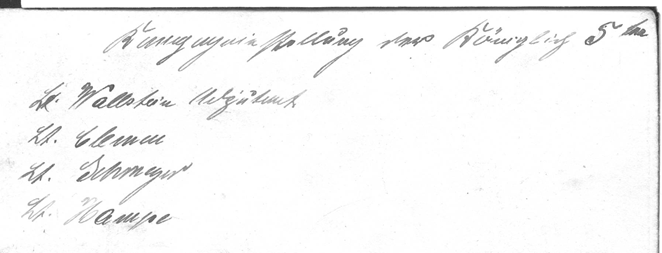 |
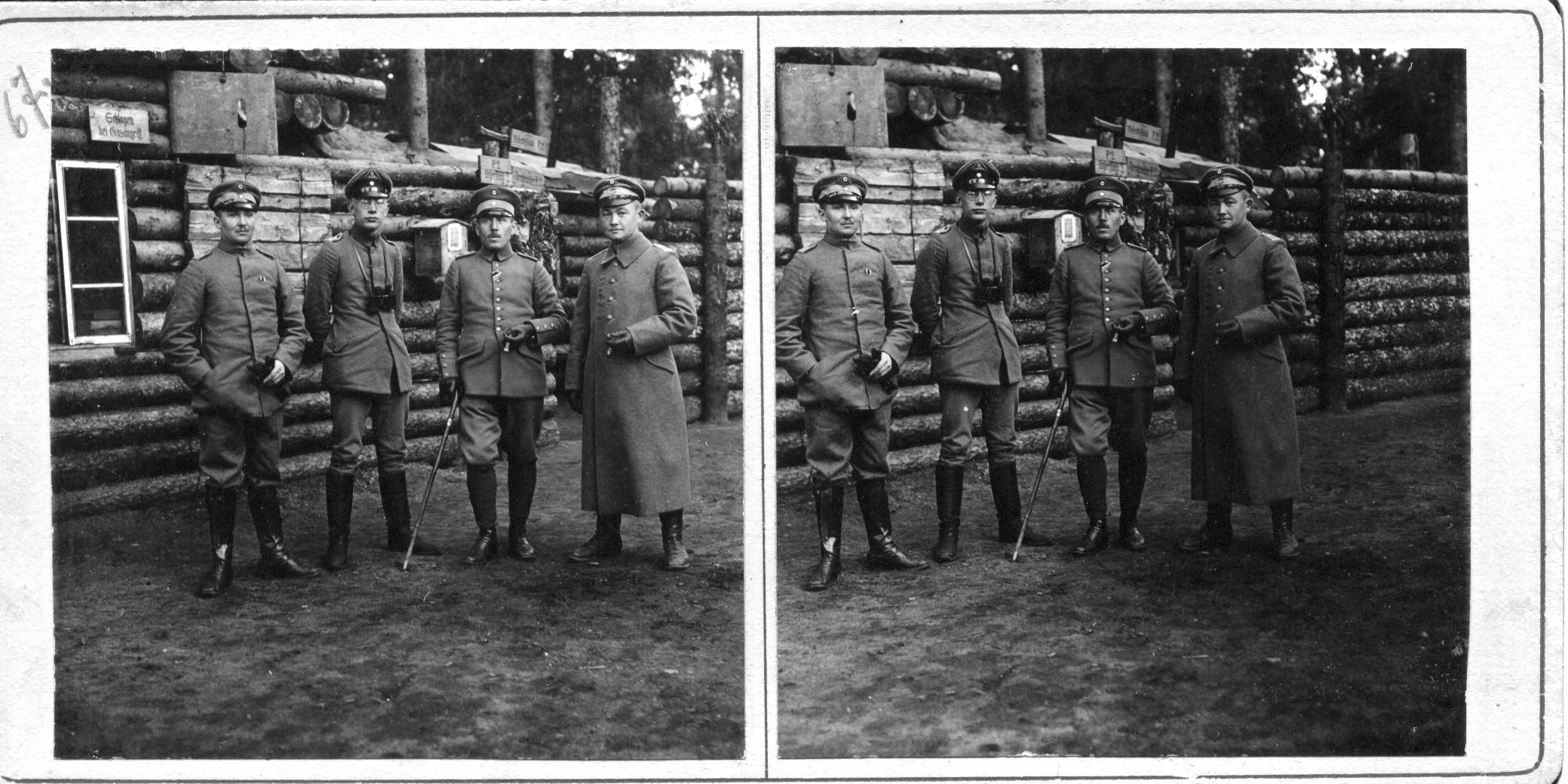 |
|
Kompagniestellung der Königlich 5te (Company position of the Royal 5th) Lt. Wallstein AdjutantLt. Clemen Lt. Shmyer Lt. Ramsze Example of German Script Title on Stereoview |
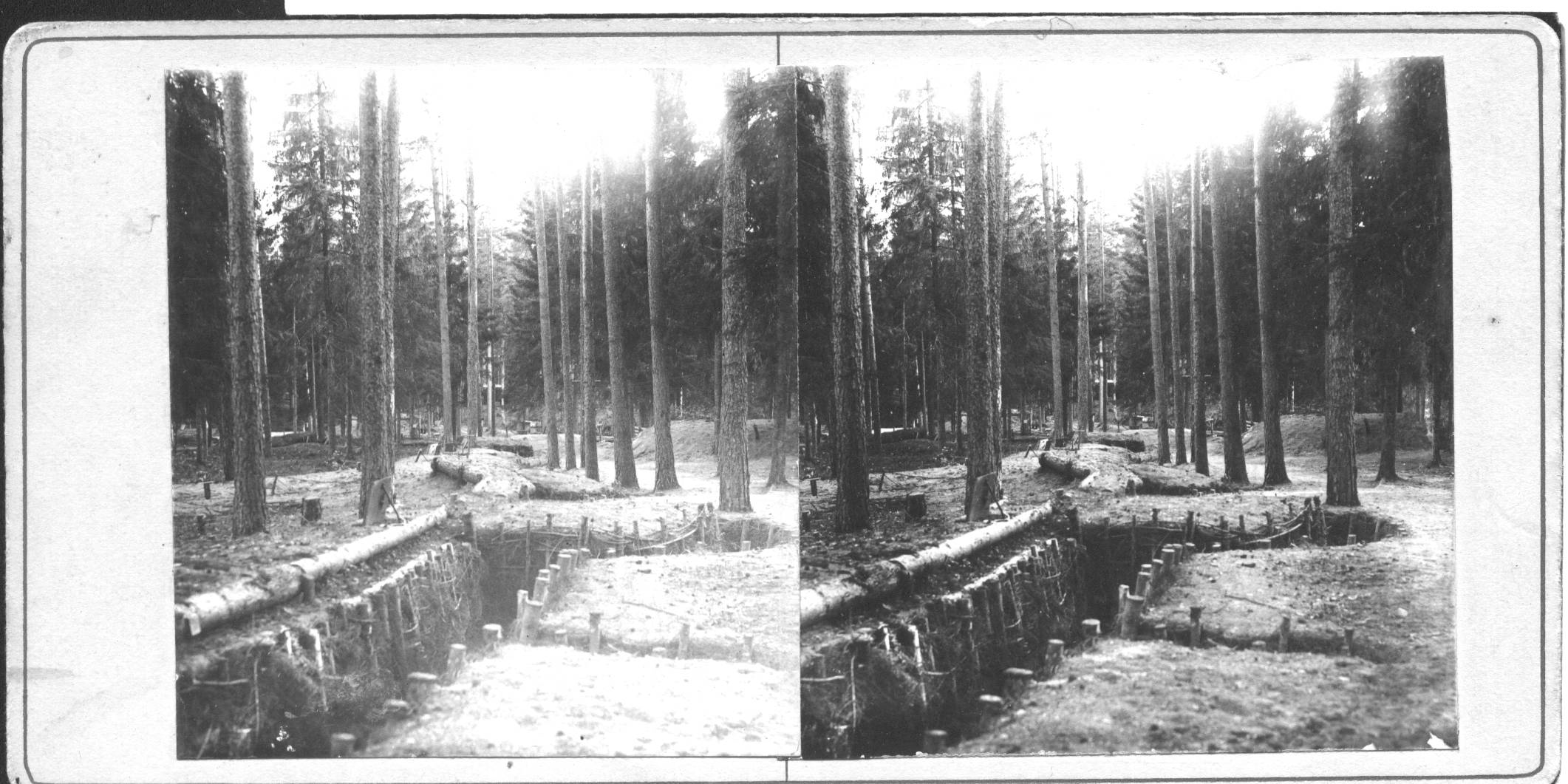 |
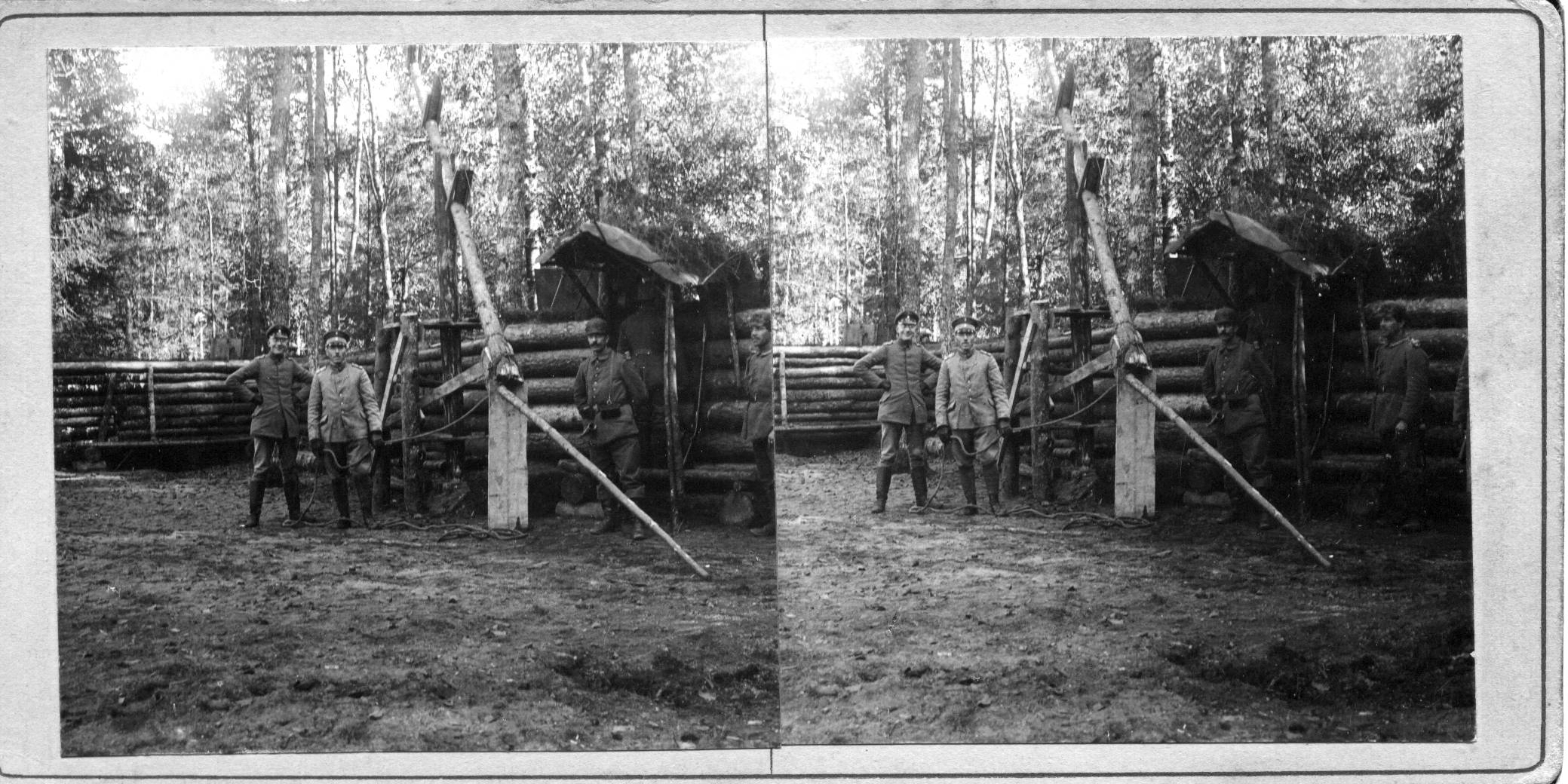 |
|
Schützengraben im Beresina Walde Trenches in the
Beresina Forest | Im Schleierwald ein selbstkonstruierter
Hebekrahnen um die spanischen Reiter vor den Kampfaufbau zu werfen In the Schleierwald (Misty Forest) a self-designed
lifting barrier to be thrown for the chevaux-de-frise in front of the
fortifications |
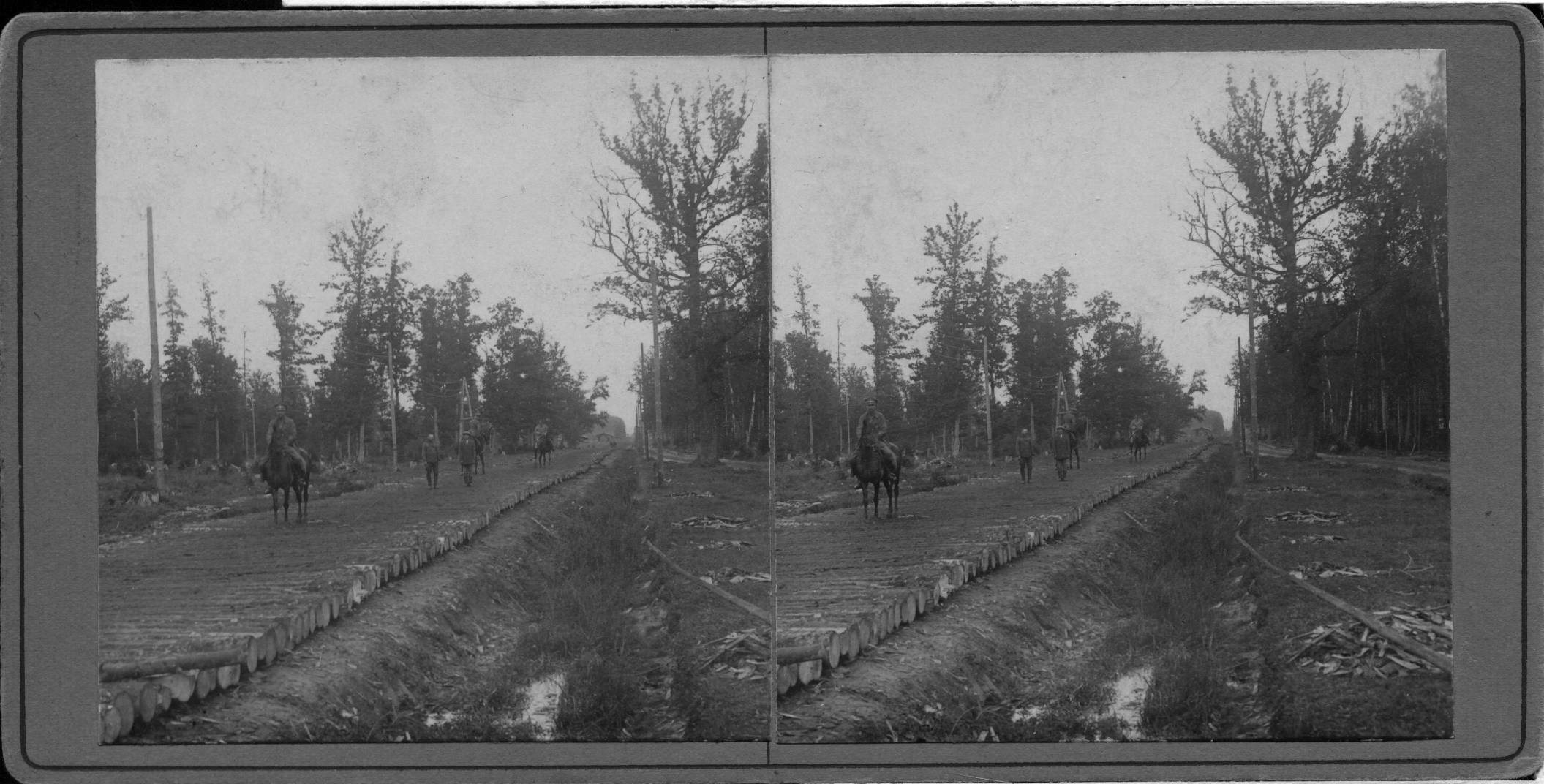 |
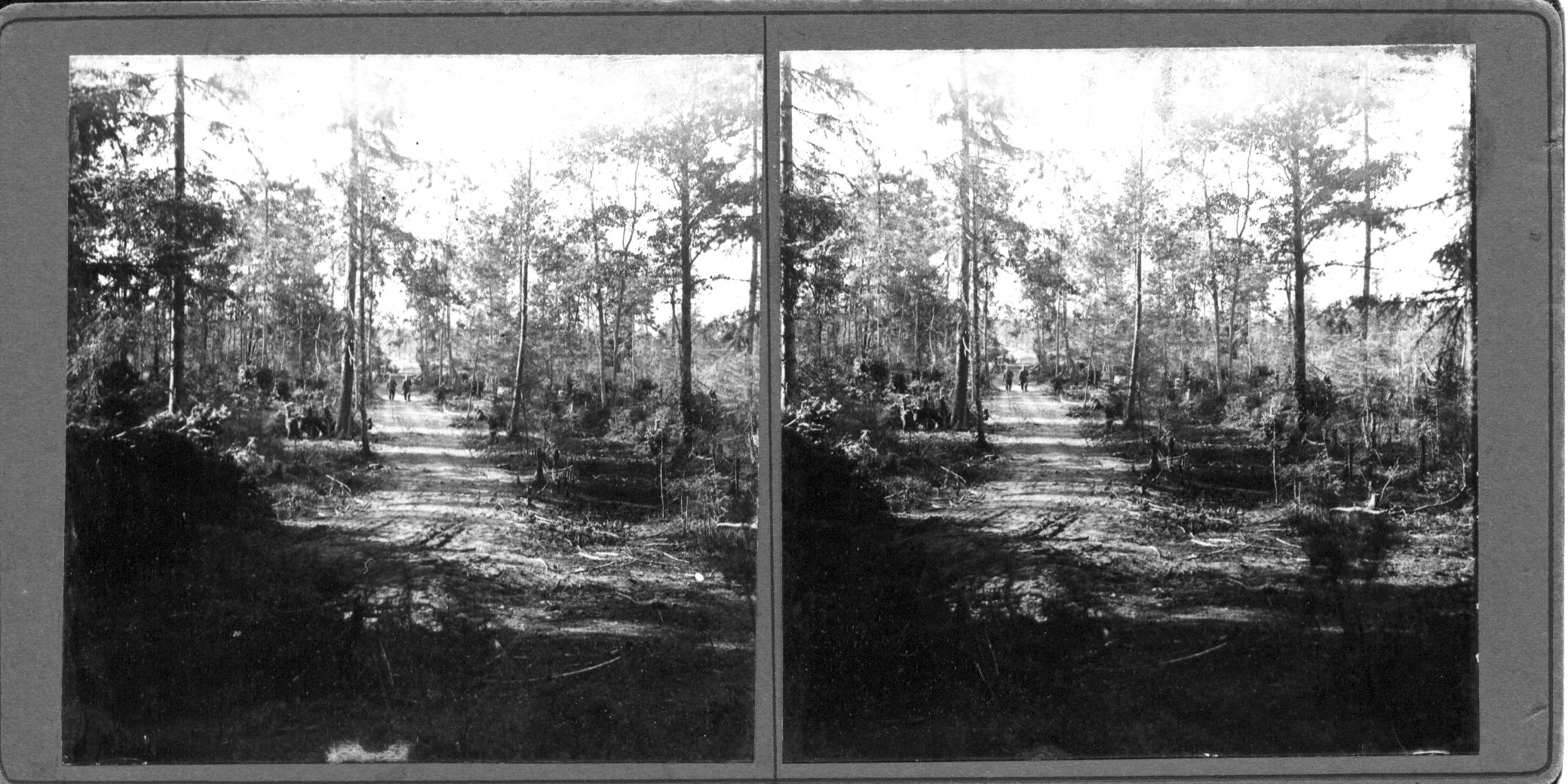 |
Knüppeldamm im Sumpfwalde Corduroy road in Sumpfwalde (Swampy Forest) | Weg im ausgeholzten Beresina Walde Road in the thinned-out Beresina Forest |
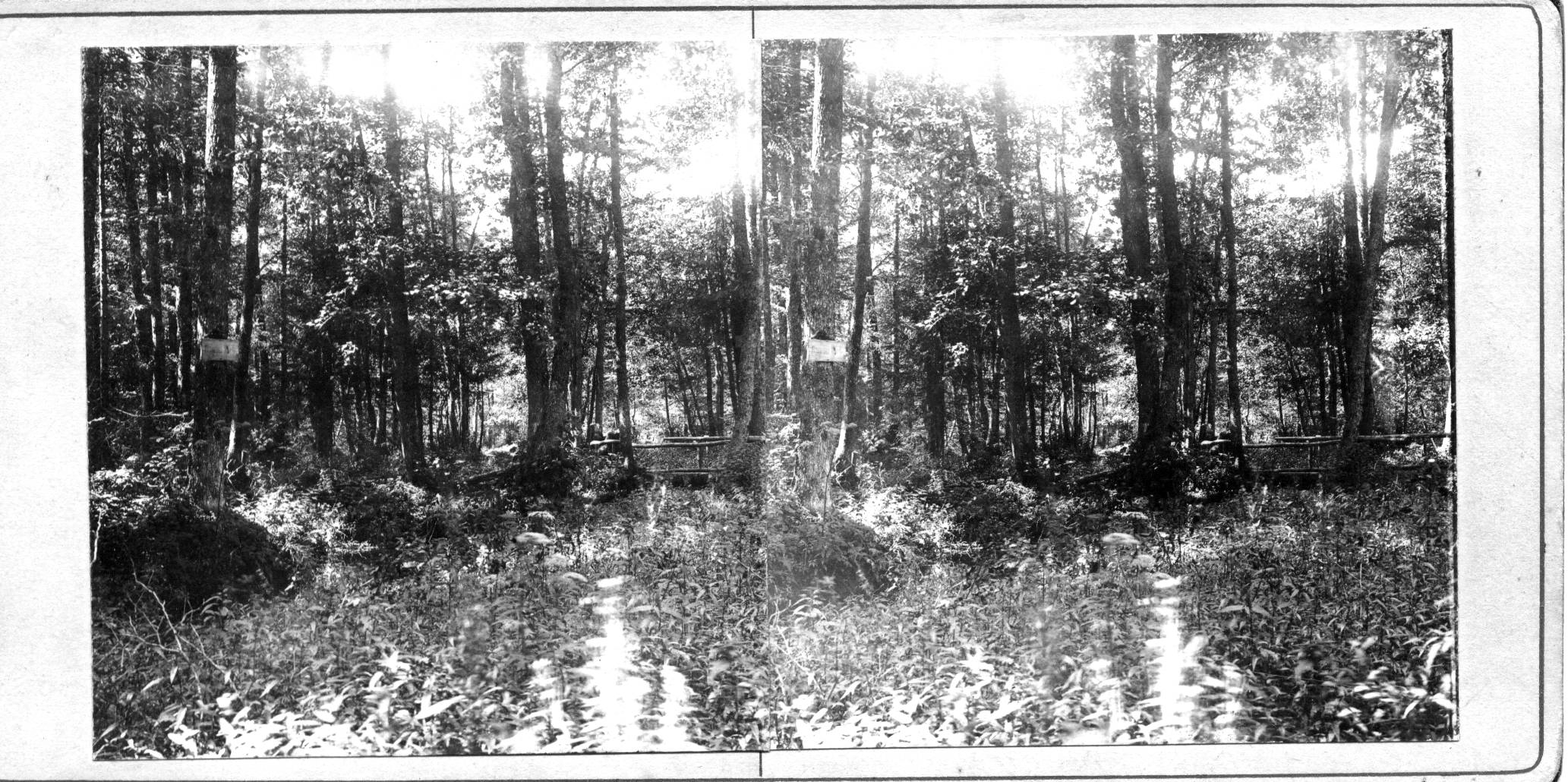 |
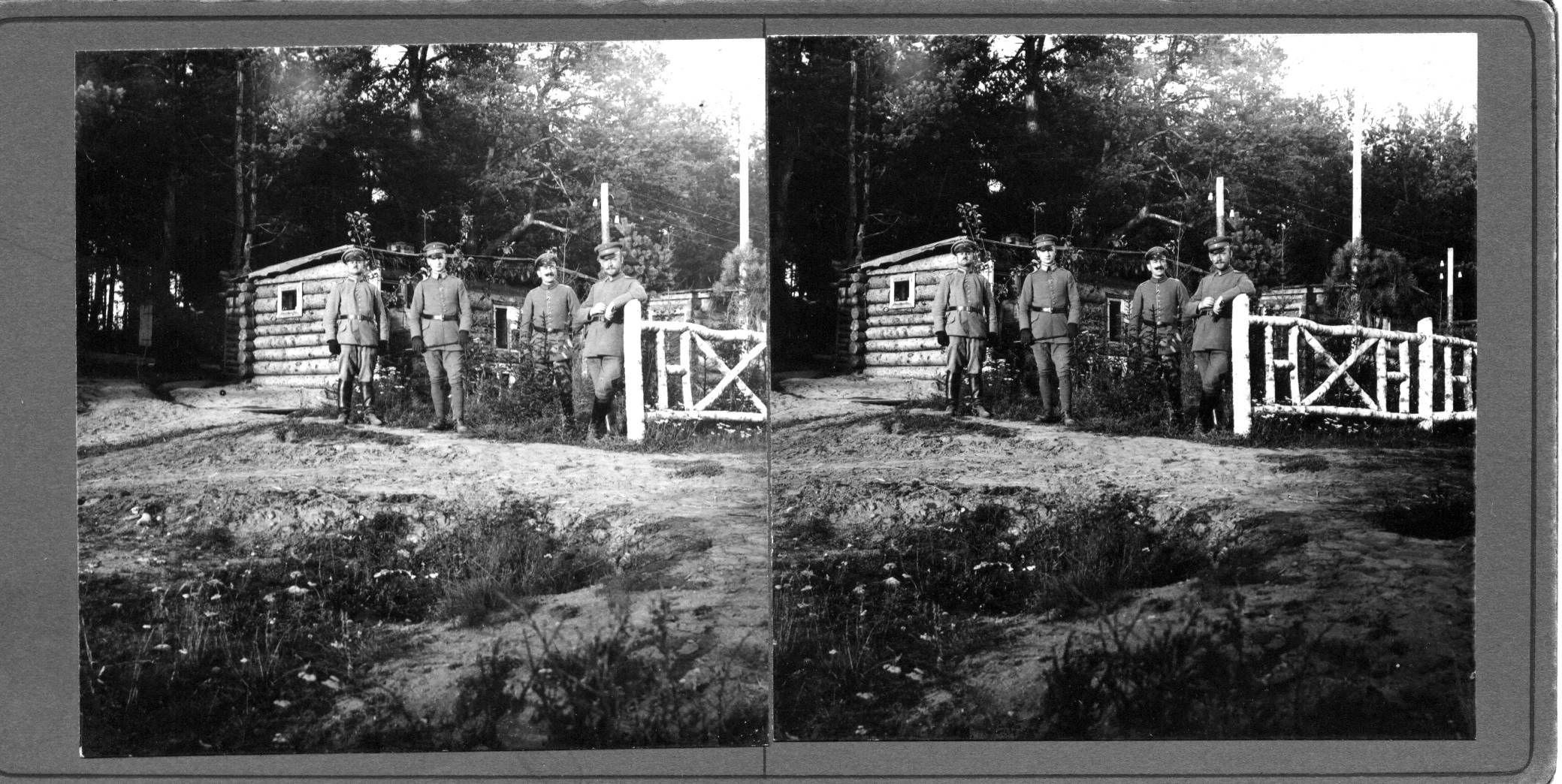 |
| Brücke über eine Sumpfstelle im Beresina Walde Bridge over a swampy area in the Beresina Forest | Blockhaus im Beresina Walde Blockhouse in the Beresina Forest |
Copyright © 2012 Great War in 3D. All rights reserved